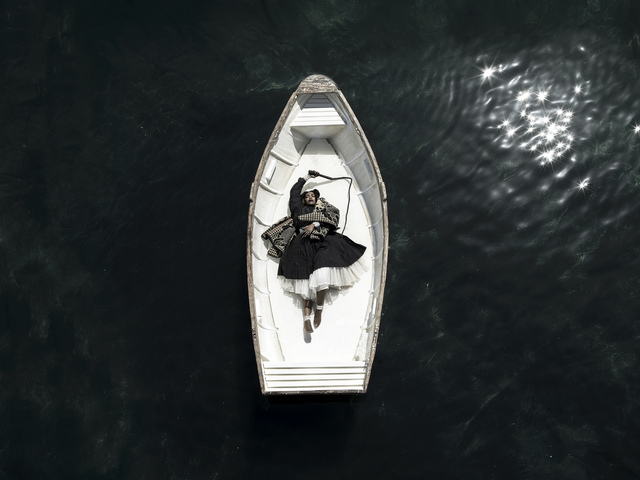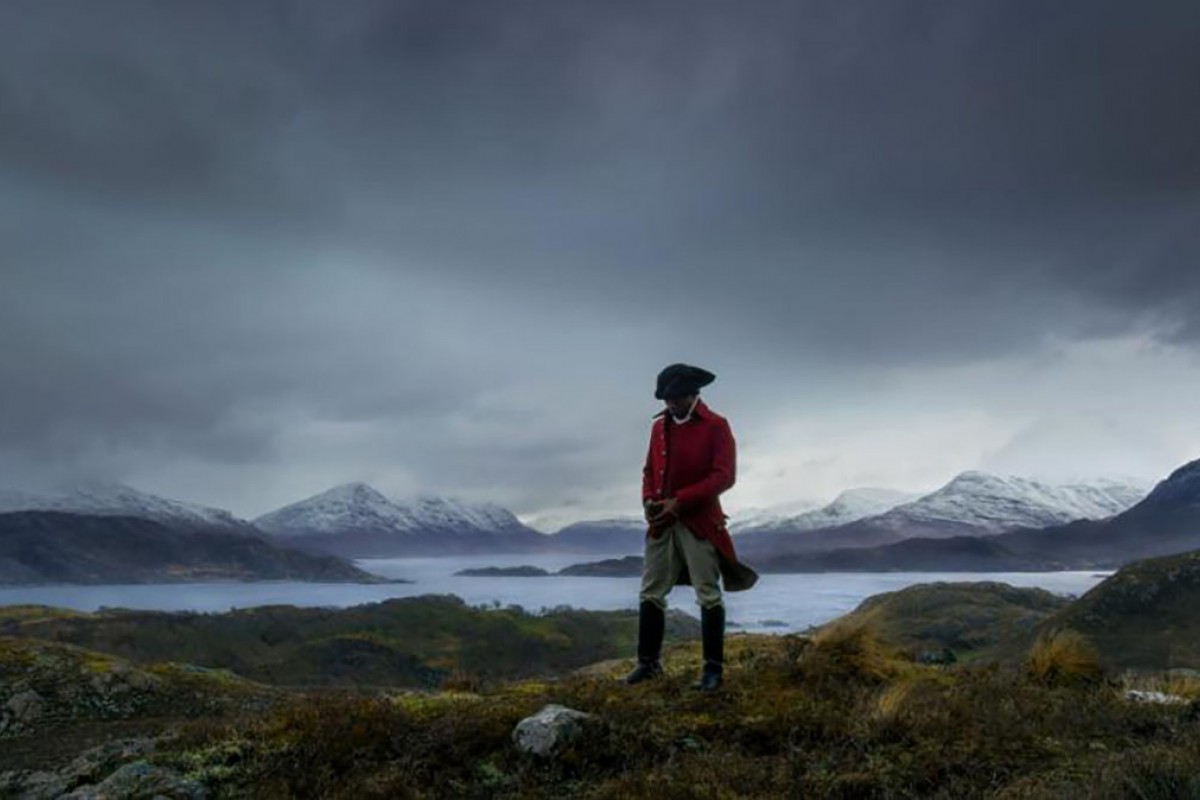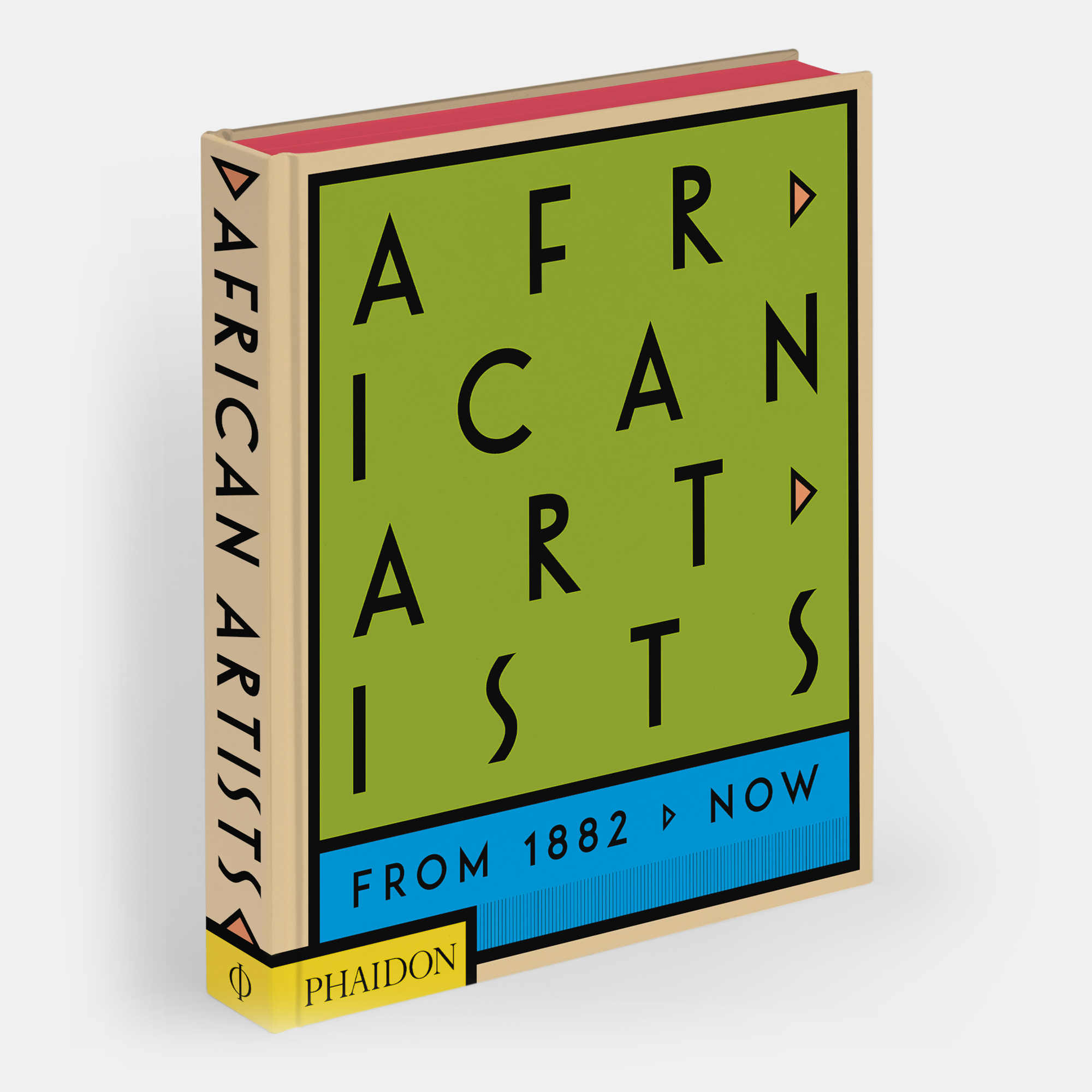
African Artists and Migration
The migratory experience - ancient or contemporary, voluntary or forced - is a key theme within African art, as our new book shows
The wider, western world has always been partially aware of the riches of Africa. The historian, curator and artist Chika Okeke-Agulu begins his introduction to our new book, African Artists From 1882 to Now, with a quote attributed to the Roman author, Pliny: “Always something new out of Africa.”
“This newness was not meant to signal that Europeans of the ancient world or of the age of exploration looked to Africa as a source of innovation and progressive developments,” Okeke-Agulu goes on, “rather Africa was the land of exotic animals and peoples, an unending source of new, surprising curiosities, remnants of evolutionary oddities.”
Of course, the people who left that part of the world did not share this point of view, and experience of migration – whether voluntary or forced – is expressed acutely and vividly in the work of many African artists.
The young South African artist Mohau Modisakeng was born in Soweto in 1986 and continues to work in his home country, yet his multimedia projects still reflect the migratory experience. “This photograph [top] comes from the artist’s Passage project,” explains our new book, “comprising a performance, three-channel video and suite of photographs that respond to his country’s history of forced migration.

“It shows a barefoot woman wrapped in a traditional Basotho blanket, lying motionless in a rowing boat. Other images in the series feature similar scenes, while a related three-channel video shows the boat filling with water and sinking. Such imagery alludes to contemporary African refugees making their way to Europe, yet the woman’s whip evokes the brutal era of slavery when many were forcibly brought to and departed from South Africa as enslaved people. Symbolism and metaphor are integral to Modisakeng’s works. Here, water symbolizes separation and displacement but also the transience of human existence – in Soweto culture, life is considered a passage and people as voyagers on uncertain waters.”
This theme is developed by the British-Ghanian artist John Akomfrah too. “Having moved to London at the age of four in the wake of a political coup, Akomfrah relates to the narratives of migrants, refugees and other displaced populations,” explains our book.
Akomfrah co-founded the Black Audio Film Collective in London in 1982 and is widely regarded as an important contemporary filmmaker, who uses multi-channel video installations to recount Black-centred narratives of movement and exchange.
“Commissioned for the 2015 Venice Biennale, Vertigo Sea weaves together disparate stories according to Ralph Waldo Emerson’s notion of ‘the sublime seas’. With a Romanticist flair for the sublime, Akomfrah intersperses new film with found footage from the BBC and texts by Herman Melville, Virginia Woolf and Heathcote Williams. From the oddities of the whale and polar bear hunting industries, to the complex life of Olaudah Equiano (c.1745–97) – an enslaved man who bought his freedom and became a merchant – to recent footage of migrants on overcrowded inflatable rafts, Akomfrah uses wide shots and expansive seascapes to emphasise the chilling isolation of sea travel – especially for those fleeing persecution or being forcibly relocated.”

To learn more about these artists, and their position within a wider cultural sphere, order a copy of African Artists here.